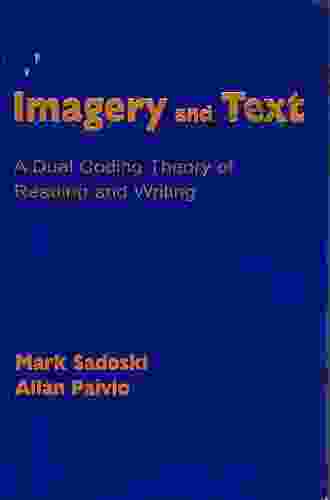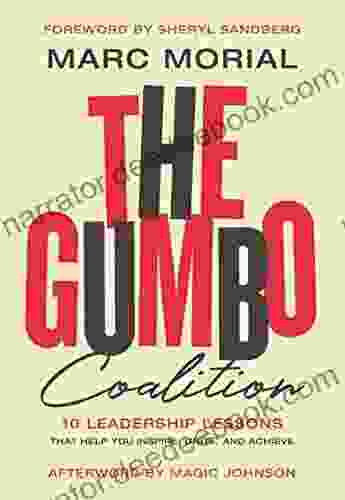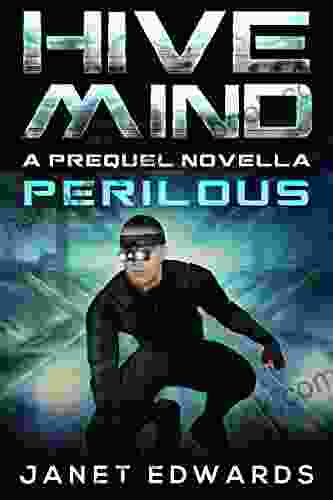The Dual Coding Theory of Reading and Writing

The Dual Coding Theory of Reading and Writing is a cognitive theory that explains how we read and write by creating mental images and symbols. This theory was first proposed by Allan Paivio in 1971, and it has been widely researched since then.
The Dual Coding Theory states that we create two different types of mental representations when we read and write:
- Verbal representations are made up of words and sounds.
- Nonverbal representations are made up of images and symbols.
These two types of representations are linked together in our minds, and they work together to help us understand and remember what we read and write.
5 out of 5
| Language | : | English |
| File size | : | 2522 KB |
| Text-to-Speech | : | Enabled |
| Enhanced typesetting | : | Enabled |
| Word Wise | : | Enabled |
| Print length | : | 170 pages |
| Screen Reader | : | Supported |
The Dual Coding Theory proposes that we use both verbal and nonverbal representations to process information when we read and write. When we read, we first create a verbal representation of the words on the page. This representation is stored in our short-term memory, and it helps us to understand the meaning of the words.
At the same time, we also create a nonverbal representation of the words. This representation is made up of images and symbols that represent the meaning of the words. For example, when we read the word "dog," we might create an image of a dog in our minds. This image helps us to understand the meaning of the word and to remember it.
The verbal and nonverbal representations are linked together in our minds, and they work together to help us understand and remember what we read. The verbal representation provides us with the meaning of the words, while the nonverbal representation provides us with a visual representation of the meaning. This combination of verbal and nonverbal representations helps us to process information more efficiently and to remember it for longer periods of time.
The Dual Coding Theory also explains how we write. When we write, we first create a verbal representation of the words that we want to write. This representation is stored in our short-term memory, and it helps us to plan what we want to write.
At the same time, we also create a nonverbal representation of the words. This representation is made up of images and symbols that represent the meaning of the words. For example, when we write the word "dog," we might create an image of a dog in our minds. This image helps us to remember the meaning of the word and to write it correctly.
The verbal and nonverbal representations are linked together in our minds, and they work together to help us write. The verbal representation provides us with the meaning of the words, while the nonverbal representation provides us with a visual representation of the meaning. This combination of verbal and nonverbal representations helps us to write more fluently and accurately.
There is a large body of research evidence that supports the Dual Coding Theory of Reading and Writing. This evidence comes from a variety of sources, including studies on brain imaging, behavioral studies, and educational studies.
Brain imaging studies have shown that different parts of the brain are activated when we read and write. The left hemisphere of the brain is primarily responsible for verbal processing, while the right hemisphere is primarily responsible for nonverbal processing. This suggests that the Dual Coding Theory is correct in stating that we use both verbal and nonverbal representations to process information when we read and write.
Behavioral studies have shown that people who are good at reading and writing have strong verbal and nonverbal skills. People who are good at reading have strong verbal memory and comprehension skills, while people who are good at writing have strong verbal fluency and spatial reasoning skills. This suggests that the Dual Coding Theory is correct in stating that verbal and nonverbal representations are both important for reading and writing.
Educational studies have shown that the Dual Coding Theory can be used to improve reading and writing instruction. For example, one study found that students who were taught to use both verbal and nonverbal representations to learn new words learned the words more quickly and remembered them for longer periods of time. This suggests that the Dual Coding Theory can be used to improve the effectiveness of reading and writing instruction.
The Dual Coding Theory of Reading and Writing is a well-supported theory that explains how we read and write. This theory has implications for both reading and writing instruction. By understanding the Dual Coding Theory, teachers can create more effective instruction that helps students to learn to read and write more effectively.
5 out of 5
| Language | : | English |
| File size | : | 2522 KB |
| Text-to-Speech | : | Enabled |
| Enhanced typesetting | : | Enabled |
| Word Wise | : | Enabled |
| Print length | : | 170 pages |
| Screen Reader | : | Supported |
Do you want to contribute by writing guest posts on this blog?
Please contact us and send us a resume of previous articles that you have written.
 Chapter
Chapter Story
Story Genre
Genre Reader
Reader Paperback
Paperback E-book
E-book Magazine
Magazine Newspaper
Newspaper Paragraph
Paragraph Sentence
Sentence Shelf
Shelf Synopsis
Synopsis Annotation
Annotation Manuscript
Manuscript Scroll
Scroll Codex
Codex Library card
Library card Narrative
Narrative Biography
Biography Memoir
Memoir Reference
Reference Encyclopedia
Encyclopedia Dictionary
Dictionary Narrator
Narrator Character
Character Catalog
Catalog Borrowing
Borrowing Archives
Archives Lending
Lending Academic
Academic Journals
Journals Reading Room
Reading Room Rare Books
Rare Books Special Collections
Special Collections Literacy
Literacy Study Group
Study Group Dissertation
Dissertation Awards
Awards Reading List
Reading List Book Club
Book Club G Ecova
G Ecova Amer Anwar
Amer Anwar Paul Le Blanc
Paul Le Blanc Christine L Williams
Christine L Williams Leisy J Abrego
Leisy J Abrego Morgan Parker
Morgan Parker Roulhac Toledano
Roulhac Toledano Jeff Goode
Jeff Goode Nick Newlin
Nick Newlin John Patrick Daly
John Patrick Daly Helena Hunting
Helena Hunting Don Carter
Don Carter Jacqueline S Ruiz
Jacqueline S Ruiz Claudia Hunt
Claudia Hunt Justin Thacker
Justin Thacker Alex A King
Alex A King Alejandro Cremades
Alejandro Cremades Luis Alberto Urrea
Luis Alberto Urrea Margaret Meloni
Margaret Meloni Rosemarie A Roberts
Rosemarie A Roberts
Light bulbAdvertise smarter! Our strategic ad space ensures maximum exposure. Reserve your spot today!

 Christian CarterDry Bones: The Fintan Dunne Trilogy - A Journey Through Crime, Corruption,...
Christian CarterDry Bones: The Fintan Dunne Trilogy - A Journey Through Crime, Corruption,... John MiltonFollow ·9.2k
John MiltonFollow ·9.2k Dion ReedFollow ·15.5k
Dion ReedFollow ·15.5k Cameron ReedFollow ·2.2k
Cameron ReedFollow ·2.2k Aaron BrooksFollow ·4.8k
Aaron BrooksFollow ·4.8k Andrew BellFollow ·14.7k
Andrew BellFollow ·14.7k Dawson ReedFollow ·11.3k
Dawson ReedFollow ·11.3k Reginald CoxFollow ·11.9k
Reginald CoxFollow ·11.9k Joel MitchellFollow ·2.9k
Joel MitchellFollow ·2.9k

 Abe Mitchell
Abe MitchellUnveiling the Urban Cheating Rich System: A Comprehensive...
In today's complex and ever-evolving urban...
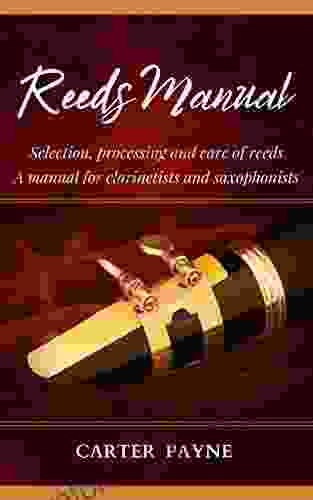
 Preston Simmons
Preston SimmonsSelection, Processing, and Care of Reeds: A Comprehensive...
Reeds are essential...
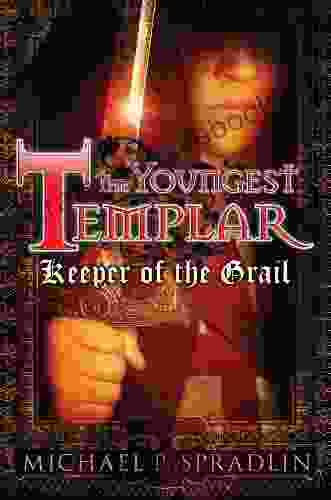
 Rob Foster
Rob FosterKeeper of the Grail: The Youngest Templar
Prologue: A Sacred...
5 out of 5
| Language | : | English |
| File size | : | 2522 KB |
| Text-to-Speech | : | Enabled |
| Enhanced typesetting | : | Enabled |
| Word Wise | : | Enabled |
| Print length | : | 170 pages |
| Screen Reader | : | Supported |


